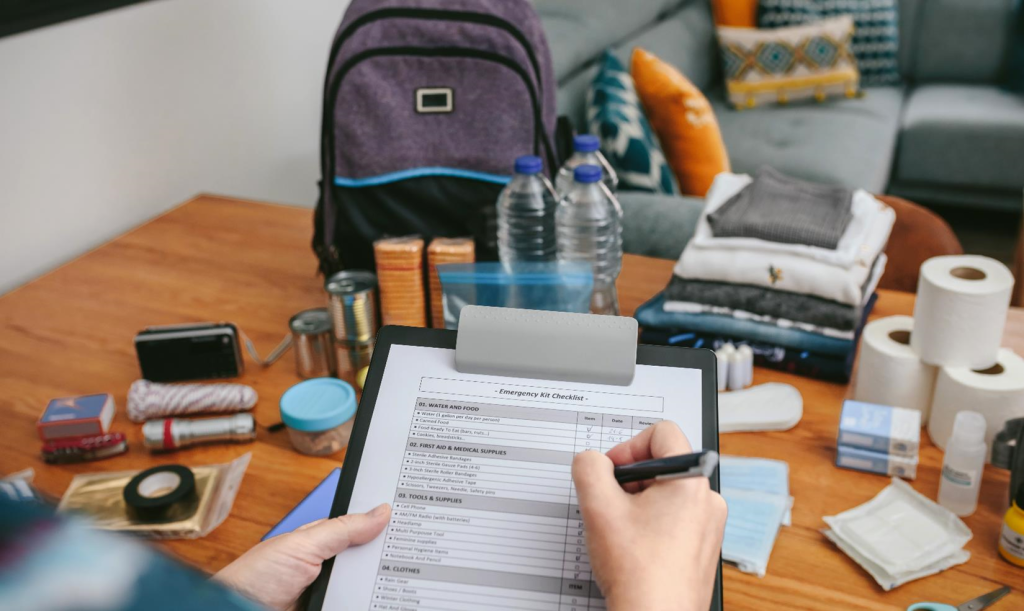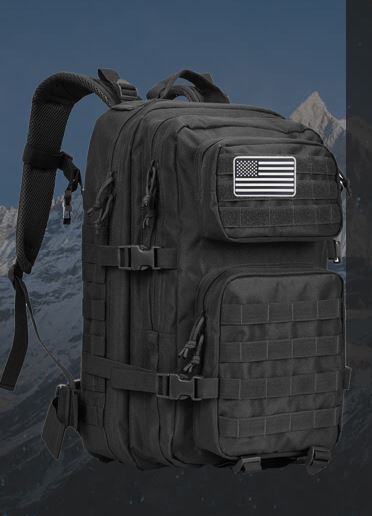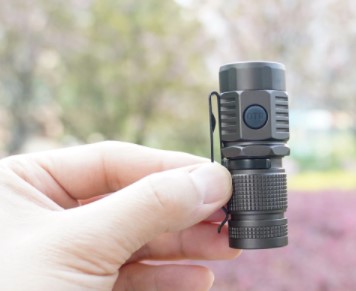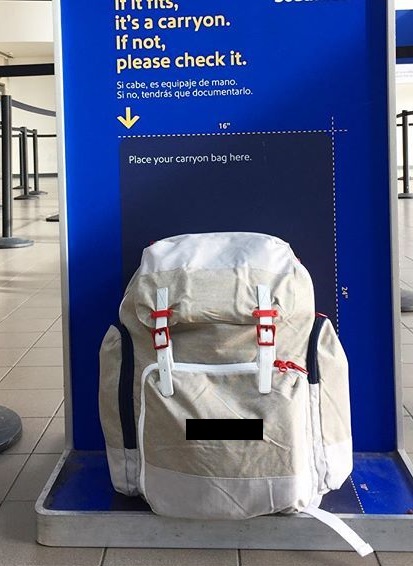A bug-out bag is a necessity for all people, it doesn’t matter if you’re a regular hiker/camper or not. Because a bug-out bag is essentially a bag packed with survival supplies and kept ready for use in case of an emergency.
What is a Bug-Out Bag?

A bug-out bag is built to provide you with survival essentials for at least a 72-hour period. That’s why it differs from a standard household emergency kit. You use a bug-out bag when you have to flee or evacuate from home due to an emergency. Some short-notice evacuations include fire, flooding, earthquake, tsunami, and hurricane.
You may have heard about the bug-out bag with different names. It goes by Go Bag, Go-Kit, Grab Bag, 72-Hour Bag, Bail Out Bag, etc. Fundamentally, they all mean the same thing.
This bag is supposed to be deployed as quickly as possible. So having them ready to grab at a few moments’ notice is crucial. Plus, the bug-out bag should be lightweight and small enough to be carried by one person. It’s meant to be used for a short period of time (up to three days), so packing too many things is unnecessary.
Checklist for Your DIY Bug-Out Bag

Some people purchase pre-packed bug-out bags from stores. While it may be a time-saving and easy option, preparing your own DIY bug-out bag helps you to prepare the essential items tailored to your own needs and situations.
For example, if you live in an area where there is constant flooding occurs, you should pack a waterproof or space blanket, waterproof jacket, extra clothes, portable water filtration system, waterproof Ziploc bags, collapsible water bladder, etc.
We will provide you with a general checklist of essential items to pack in your DIY bug-out bag. These are the things that must be packed regardless of the situation. So try to prepare your bag customized to your own condition.
Water and Food
- A three-day worth of non-perishable foods. (protein bars and shakes are also possible)
- Water, at least a gallon per person per day
- A kit with paper plates, cups, and other utensils
- A small pot and large cup for cooking
- Fishing kit (optional)
Clothing and Shelter
- An emergency blanket (preferably made with fleece or wool for warmth)
- Lightweight tent
- Sleeping bag
- Extra clothing (shirt, pants, underwear, socks, hat)
- Bandanas and gloves
- An air filtration face mask to filter dust and air
- Personal items, including a toothbrush, toothpaste, soap, toilet paper
First Aid Kit
- Emergency medications (painkillers, burn gel)
- Anti-bacterial wipes
- First-aid instructions
- Bandages and band-aids
- Antibiotic ointment to prevent infection and quicken healing
Safety and Light
- Extra batteries and/or solar-powered charger
- LED flashlight
- Match, fire starter
- Paper maps or downloaded maps on your phone
- Self-defense tools: a tactical knife, pepper spray, emergency whistle, signal mirror, etc.
- GPS tracking system
- Compass
Other personal necessities:
- Personal documents (medical and insurance information)
- Passports
- Important contracts
- Addresses and phone numbers
- Cash (preferably in small bills)
- Paper, pencils
- Puzzles, decks, or games are optional
Tips for preparing your Bug-Out Bag
You should keep at least one bug-out bag at home, at work, and in your vehicle if possible. Rather than keeping only one bug-out bag for the whole family, try to prepare one for each family member in case the supplies don’t suffice.
Read more: What’s Inside a Military Backpack?
The Bottom Line
Overall, we would wish not to use the bug-out bag due to natural disasters and other emergencies. But since we can’t predict the future, preparing your bug-out bag just in case wouldn’t hurt. Plus, it’s all about having peace of mind. Preparing ahead is better than regretting.






